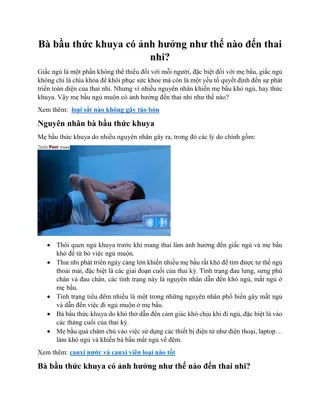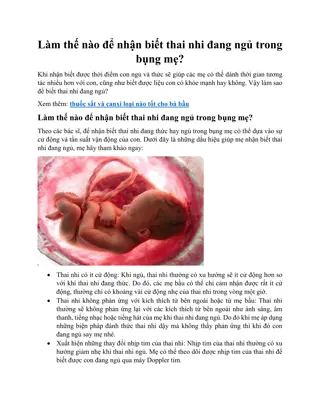The Popliteal Fossa
The popliteal fossa, a shallow depression at the back of the knee joint that serves as a passage for main vessels and nerves. Discover its boundaries, roof, floor, and contents like the popliteal artery, popliteal vein, tibial nerve, and common fibular nerve.
Download Presentation

Please find below an Image/Link to download the presentation.
The content on the website is provided AS IS for your information and personal use only. It may not be sold, licensed, or shared on other websites without obtaining consent from the author.If you encounter any issues during the download, it is possible that the publisher has removed the file from their server.
You are allowed to download the files provided on this website for personal or commercial use, subject to the condition that they are used lawfully. All files are the property of their respective owners.
The content on the website is provided AS IS for your information and personal use only. It may not be sold, licensed, or shared on other websites without obtaining consent from the author.
E N D
Presentation Transcript
THE POPLITEAL FOSSA BY DR. VINEETA WALDIA ASSISTANT PROFESSOR DEPARTMENT OF SHARIR RACHNA H.A.M.C.H., DEHRADUN,UK. CONTACT NO. 8006969188
Popliteal Fossa Definition: Shallow depression at the back of knee joint. Shape: Diamond or rhomboid shaped, fat filled space. Location: A hollow on the back of the knee joint. It becomes prominent when the knee is extended. Importance: It provides a passage for main vessels and nerves from the thigh to the leg.
Popliteal Fossa Boundaries Above and laterally: Biceps femoris. Above and medially: Semitendinosus, semimembranosus Below and laterally: Lateral head of gastrocnemius, and plantaris Below and medially: Medial head of gastrocnemius.
Popliteal Fossa ROOF Roof: Skin subcutaneous tissue deep fascia -popliteal fascia. Superficial fascia over the roof contains the following structures: Short saphenous vein Three cutaneous nerves 1. Posterior cutaneous nerve of thigh 2. Posterior division of the medial cutaneous nerve of thigh 3. Sural communicating nerve
Popliteal Fossa-FLOOR Floor: Popliteal surface of femur Posterior part of capsule of knee joint Fascia over the popliteus muscle Proximal part of popliteal surface of tibia Oblique popliteal ligament
CONTENTS Contents The popliteal fossa is the main conduit for neurovascular structures entering and leaving the leg. Its contents are (medial to lateral): Popliteal artery Popliteal vein Tibial nerve Common fibular nerve (common peroneal nerve)
The tibial and common fibular nerves are the most superficial of the contents of the popliteal fossa. They are both branches of the sciatic nerve. The common fibular nerve follows the biceps femoris tendon, travelling along the lateral margin of the popliteal fossa. The small saphenous vein pierces the popliteal fascia of the popliteal fossa to enter the diamond, and empty into the popliteal vein. In the popliteal fossa, the deepest structure is the popliteal artery. It is a continuation of the femoral artery, and travels into the leg to supply it with blood.
Clinical Relevance: Swelling in the Popliteal Fossa The two major causes of appearance of mass in the popliteal fossa are 1.BAKER S CYST 2.ANEURYSM OF THE POPLITEAL ARTERY Baker s Cyst A baker s cyst (or popliteal cyst) refers to the inflammation and swelling of the semimembranosus bursa . They usually arise in conjunction with arthritis of the knee (rheumatoid or osteoarthritis). Whilst it usually self-resolves, the cyst can rupture and produce symptoms similar to deep vein thrombosis. Popliteal Aneurysm An aneurysm is a dilation of an artery, which is greater than 50% of the normal diameter. The popliteal fascia is tough and non-extensible, and so an aneurysm of the popliteal artery has consequences for the other contents of the popliteal fossa. The tibial nerve is particularly susceptible to compression from the popliteal artery. The major features of tibial nerve compression are: Weakened or absent plantar flexion Paraesthesia of the foot and posterolateral leg






















